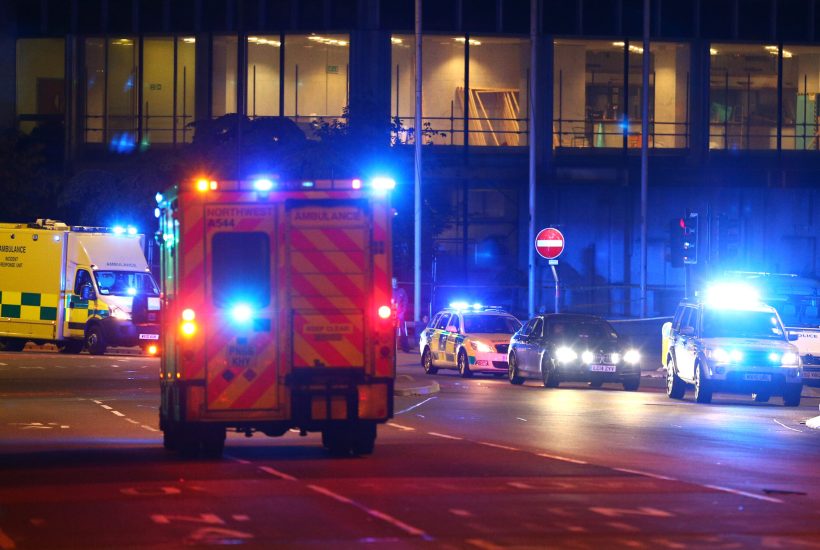The litany of errors in the emergency services’ response to the Manchester Arena attack has been widely detailed this week, from a senior police officer who failed to pass on crucial information, to a key fire officer who spent an hour driving in from his home, and a specialised paramedic unit that took 44 minutes to arrive from Stockport.
Already a subscriber? Log in
Subscribe for just $2 a week
Try a month of The Spectator Australia absolutely free and without commitment. Not only that but – if you choose to continue – you’ll pay just $2 a week for your first year.
- Unlimited access to spectator.com.au and app
- The weekly edition on the Spectator Australia app
- Spectator podcasts and newsletters
- Full access to spectator.co.uk
Or




















Comments
Don't miss out
Join the conversation with other Spectator Australia readers. Subscribe to leave a comment.
SUBSCRIBEAlready a subscriber? Log in